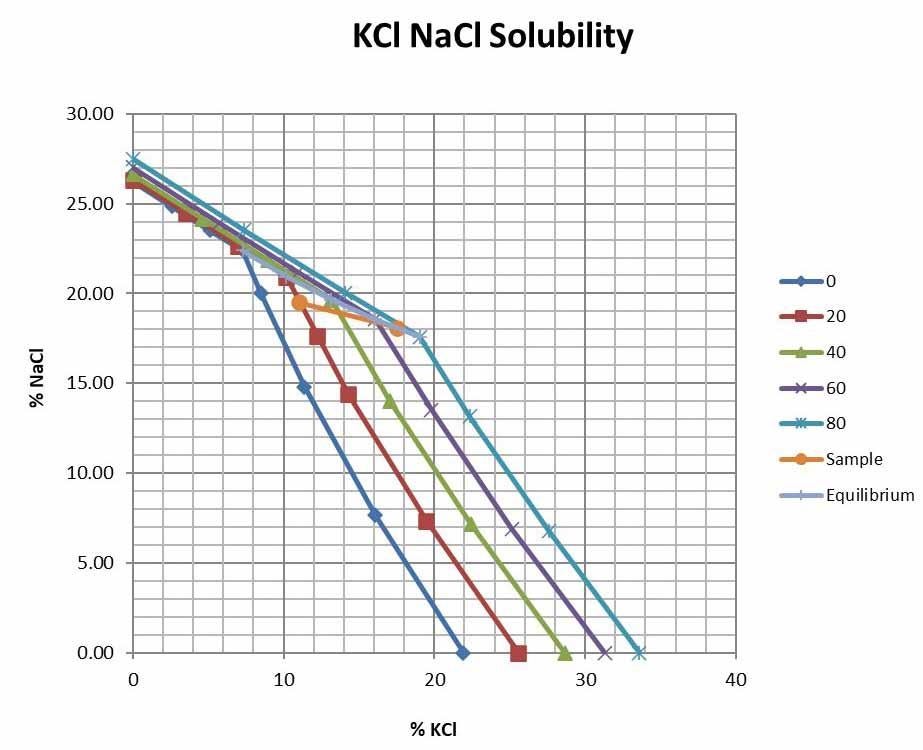
2 minute read
neW LeGiSLaTive CHanGeS foR SaSKaTCHeWan’S PoTaSH SeCToR
By Jessica Kennedy, partner; Keely Cameron, partner; Laura Glover, articling student; and Martin Ignasiak, partner and co-head of energy regulatory practice; Bennett Jones LLP
potash is a critical mineral used as a replenishing agricultural fertilizer. As a result, millions of farmers around the world depend on it. The Canadian province of Saskatchewan is the world’s largest potash producer, followed by Russia and Belarus. As the sole producer in Canada, Saskatche- wan accounts for about 30 per cent of global production.
Potash sales in Saskatchewan hit an alltime high in 2022 at nearly $18 billion. This follows a (then) record-setting 2021, which saw 14.2 million tonnes of production and sales of $7.6 billion. Potash prices reached their highest level in over a decade during the first half of
2022 and the mineral has become “geopolitically essential” following Russia’s invasion of Ukraine, according to Canadian Finance Minister Chrystia Freeland.
In response to increasing global demand and growing concerns about food security, the Saskatchewan gov- ernment has pledged to ramp up potash production to fill any market gaps left as a result of the sanctions placed on Russia and Belarus.
In light of this commitment, on September 15, 2022, the Saskatchewan legislature introduced The Subsurface Mineral Royalty Amendment Regulations, 2022, and The Potash Production Tax Amendment Regulations, 2022. These new amendments amend The Crown Minerals Act, The Subsurface Mineral Royalty Regulations, 2017 and The Mineral Taxation Act, 1983. Combined, these new amendments reduce the amount of royalties payable on potash production for eligible new mines.

In order to qualify as a new mine under the amendments, a potash mine must begin commercial production on or after January 1, 2023, and achieve an initial annual production capacity of over two million tonnes. Eligible new mines will receive reduced royalty payments for a period of 36 months, subject to prior written approval by the Minister of Energy and Resources.
The royalty reduction will be determined on an annual basis, with the specific amount calculated for individual potash producers according to (1) the overall quantity of potash they produced in the year (in K 2O tonnes), and (2) the average price of potash received by the producer in the year.
The amendments came into force on January 1, 2023.
Overall, these amendments represent the Saskatchewan government’s continued commitment to encouraging investment into the province’s robust potash-mining industry. The incoming royalty regime will have potash pro - ducers enjoying a lighter royalty burden on new mining investments in the province.
One of the objectives identified in Saskatchewan’s Growth Plan, published in 2019, was to increase the annual value of potash sales to $9 billion by 2030. In
2022, sales exceeded $10 billion by July. While last year’s totals were driven by record prices, these newly announced legislative changes position Saskatchewan to continue to be a world leader in potash production and exportation well into the future. l








